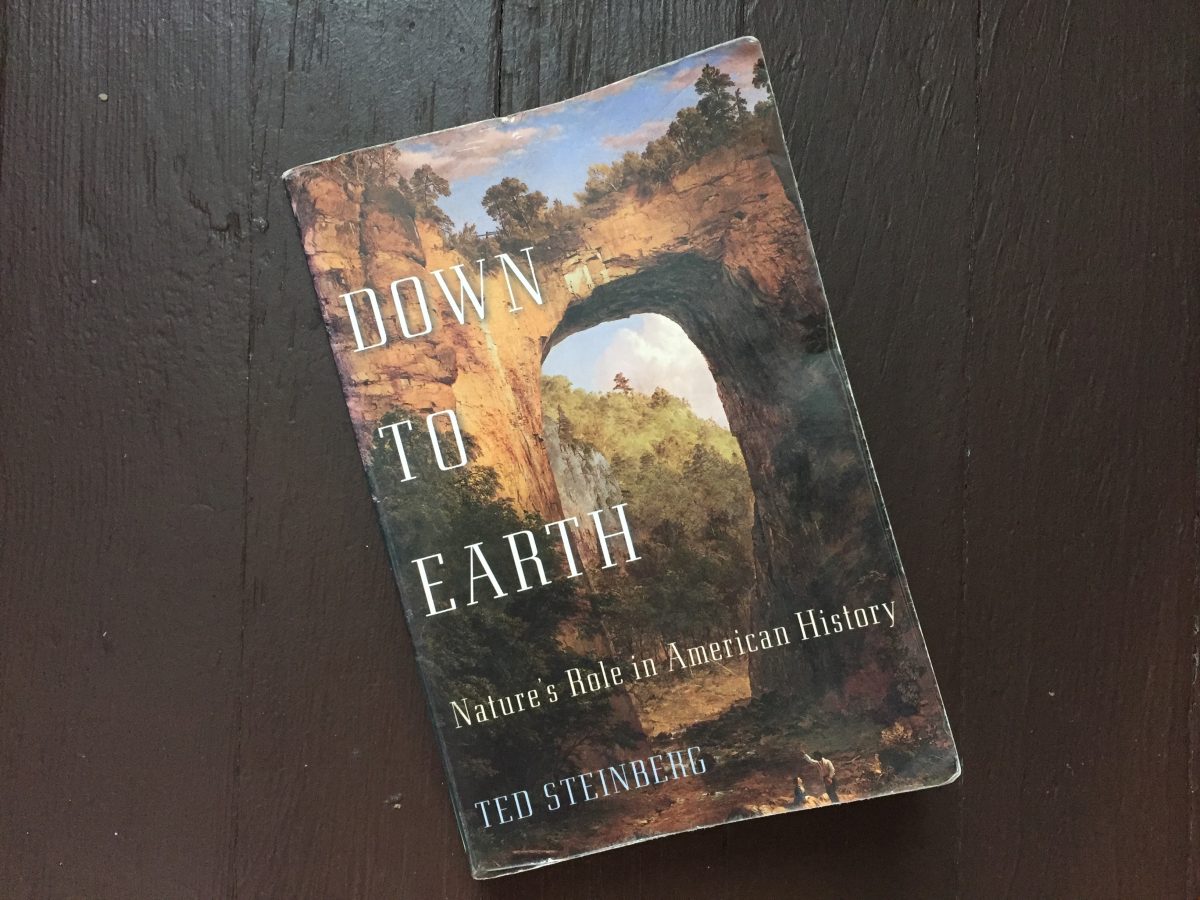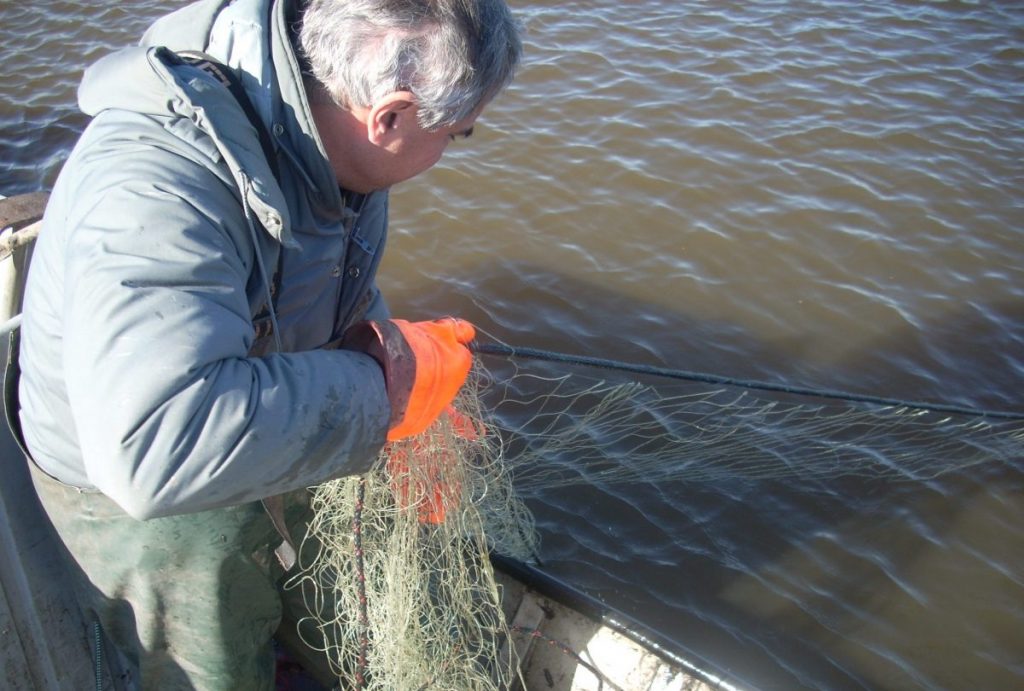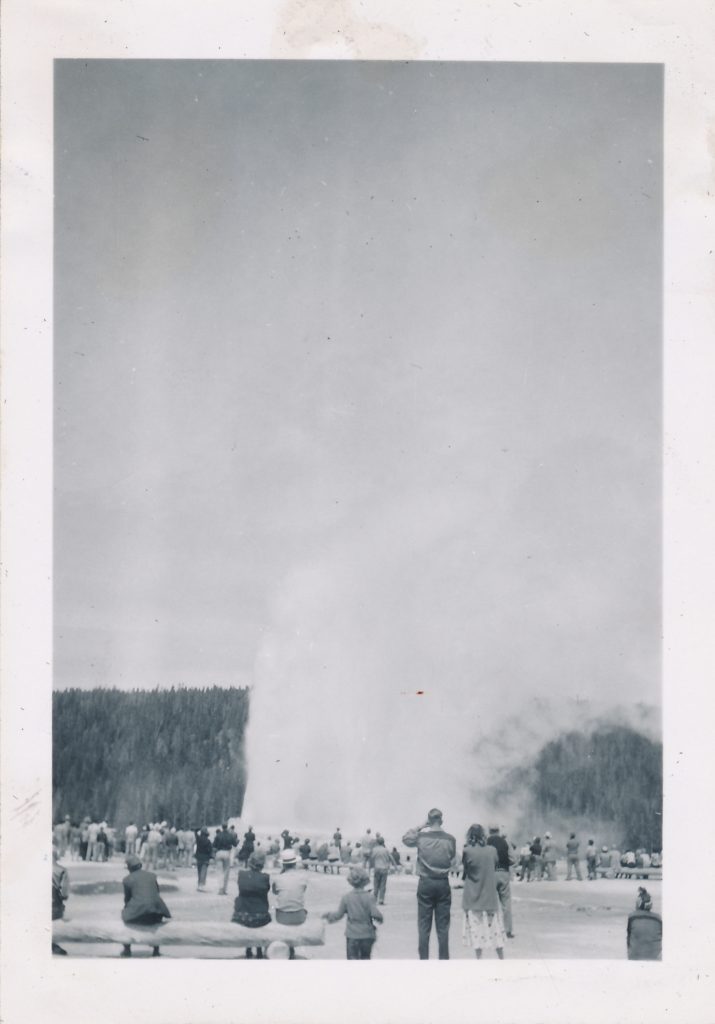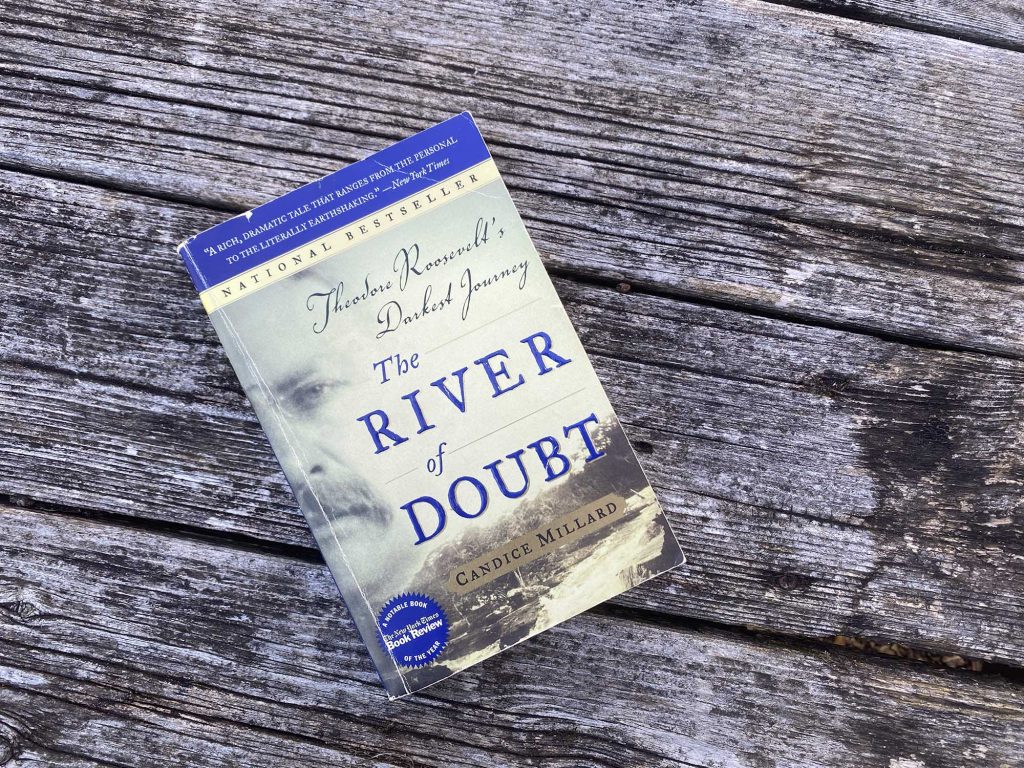This post contains affiliate links.
From the beginning of time, humans have attempted to shape and control nature, using the Earth’s natural resources for survival, pleasure and profit. All of these endeavors — for good or for bad — have influenced the course of human history.
This idea, that nearly every historical event can be tied in some way to nature, is one that’s espoused by environmental historian, author and educator Ted Steinberg in his book Down to Earth.
Expounding on the idea that wound together with humans’ advancement is our ultimate demise, he explores how the packaging, marketing and selling of products like the car and concepts such as the perfect lawn — and even foods like the orange — has been of ecological significance.
From the Native Americans who survived on hunting and gathering, to the colonists who first introduced the concept of natural resources as a commodity, to modern-day Americans’ consumer culture, Steinberg examines history through an ecological lens, documenting what he says is “the environmental decline” of America. “We need to rethink our assumptions about the role of nature in history,” he writes.
In addition to the exploitation of nature by humans, he explores the environmental impact of human-caused events (i.e., wars, inventions, etc.) as well as the effects of natural events (i.e., blizzards, droughts, etc.) on humans.
“The grid was to the rationalization of nature what the Declaration of Independence was to freedom. It allowed the land to be bundled up and sold in one of the most sweeping attempts on record to put nature up for sale.”
While he makes clear that humans’ attempts to control nature have not always worked — “Nature,” Steinberg writes, “can upset even the best laid … plans” — he demonstrates that, regardless of our successes, there are consequences to trying to bend the natural world to our desires.
These consequences, Steinberg argues, are largely tied to the commoditization of nature, beginning with the U.S. Rectangular Land Survey, better known as “the grid.”
“The grid was to the rationalization of nature what the Declaration of Independence was to freedom,” Steinberg writes. “It allowed the land to be bundled up and sold in one of the most sweeping attempts on record to put nature up for sale, the legacy of which is still visible today as one flies across the nation’s midsection.”
Initiated by Thomas Jefferson, the grid divided large sections of North America — beginning in Ohio — into 160-acre parcels for farming. “It would aid in the rapid settlement of the country, turning millions of Americans into independent landowners, while at the same time transforming the land itself,” writes Steinberg, adding that the grid “helped draw the land into the world of exchange.” This system had even greater impact with the advent of railroads, which led to increased westward expansion.
With the ability to easily ship goods and the absence of federal wildlife management, market hunting resulted in the extinction of species like the passenger pigeon. By 1890, the bird had disappeared from the landscape, most notably affecting “the relationship Americans had with the land’s natural rhythms,” Steinberg writes. “When the birds vanished, there was one less natural event to mark the onset of this season, as the passenger pigeons joined the spring migrations of salmon and shad in the annals of extinction.”
More than the loss of a symbol of spring, however, he argues that the bird’s elimination — specifically, its waste — likely had significant effects on the environment. “Pigeon dung may seem like an inconsequential thing,” writes Steinberg. “But the immense quantities of it produced by the vast flocks of birds had the power to influence the ecology of entire regions, providing an important source of nutrients in roosting areas.”
“Pigeon dung may seem like an inconsequential thing. But the immense quantities of it produced by the vast flocks of birds had the power to influence the ecology of entire regions.”
Farming and the molding of land to align with farmers’ goals and market demand, he says, resulted in “the fertility literally being mined out of the soil” and even contributed to the spread of disease. Specifically, one unintended consequence of the reengineering of the landscape by rice farmers was better habitat for mosquitoes, particularly the anopheles species that carries malaria.
Ranchers also faced unforeseen complications. As overcrowding became an issue, putting an end to the open range, the invention of barbed wire became many ranchers’ savior. However, it led to overgrazing and to cattle increasingly getting trapped in storms. As Steinberg reports, in 1884-1885, “cattle die-offs reached as high as 90 percent, as extreme cold plunged south all the way to Texas.”
With the Dust Bowl, the Plains also received their fair share of disaster. Although President Franklin D. Roosevelt intervened to bolster farmers, Steinberg attributes the event “to a failure on the part of farmers to adapt to the arid ecological conditions present on the southern plains” as opposed to what many, including Roosevelt, ascribed to “natural forces beyond anyone’s control.”
In documenting changes in agriculture, Steinberg notes the coming together of orange growers to sell the fruit under one name, Sunkist — originally called Sun Kissed. “[The California Fruit Growers Exchange] united some 15,000 growers and 200 packing associations around the processing and marketing of citrus,” he writes. Americans, who had consumed almost no citrus fruit before 1885, soon saw oranges as “an essential part of a normal healthy diet,” Steinberg writes — all thanks to the exchange’s marketing efforts.
Consumerism, in fact, had a significant effect on people and how they interacted with the environment. Perhaps the product that had the single greatest impact was the car. “Consumerism, in part,” Steinberg says, “had reorganized people’s relationship with the land in the way that transformed the car from a luxury to a necessity.”
With an easy means of transportation, people no longer had to rely on homemade goods to the extent they previously did. “By the 1930s, 66 percent of rural families and 90 percent of urban families purchased store-bought bread instead of making it on their own,” writes Steinberg.
“Conservationists found themselves unable to fully grasp the complexity of ecological forces and erroneously took steps that caused nature to strike back with devastating wildfires and game explosions.”
The car also made it possible for people to expand beyond cities, leading to the creation of suburbia as we know it and resulting in less open space. Seven-year-old Scott Turner lamented this fact in a 1962 letter to President John F. Kennedy: “Dear Mr. President, we have no place to go when we want to go out in the canyon because there ar (sic) going to build houses. So could you set aside some land where we could play? Thank you four (sic) listening. Love Scott.”
With the advent of suburbia came America’s obsession with the perfect lawn. This meant increased emissions — one hour of mowing was equal to driving a car 350 miles, writes Steinberg — as well as the introduction of non-native turf grass and chemical fertilizers. According to Steinberg, the early 1980s saw the application of more chemical fertilizer on American lawns than India used to grow food for its people.
Examining the history and impact of events such as the growth of the beef industry — which was greatly perpetuated by the rise of McDonalds — development and climate change, Steinberg paints a rather grim picture of our ecological past and subsequently our future, one where not even Native Americans are free from blame.
While he explores the conservation movement — and the differences between conservationists like Teddy Roosevelt and Gifford Pinchot and preservationists like John Muir — Steinberg gives little time or credence to the good that has come from so much bad: the establishment of national parks, forests and refuges and the passage of wildlife management laws and regulations, to name a few.
He focuses instead on the ways in which conservationists have failed to understand that which they claimed to protect: “Conservationists found themselves unable to fully grasp the complexity of ecological forces and erroneously took steps that caused nature to strike back with devastating wildfires and game explosions,” Steinberg writes.
But regardless of its — at times — subjective tone, Down to Earth provides a comprehensive and important history of North America, one in which nature is not secondary but front and center. Published in 2002, the book largely tells the story of Americans’ growing disconnect with nature — a story that is still relevant today.





